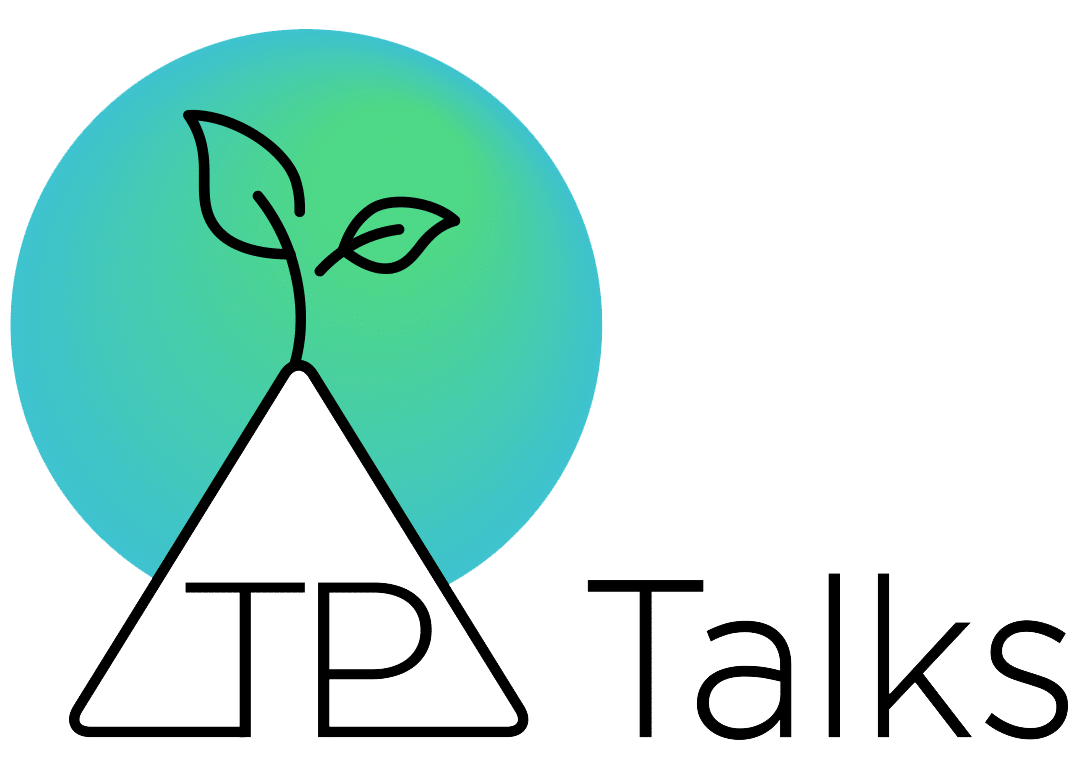Have you ever noticed how choosing a career path feels a lot like standing in front of an endless ice cream counter? Some flavors feel safe and familiar, while others seem intriguing but risky. As a global career coach for bilingual professionals and Third Culture Adults, I see this scenario play out every day.
Here’s how it looks:
Some are stuck in the sample spoon phase – endlessly sending CVs and attending interviews without finding the right fit. Others are contemplating a complete flavor change, trying to reorient career but feeling lost in the options. Then, there are those who’ve had their favorite flavor suddenly changed by a merger or acquisition, forcing you to adapt or find a new taste altogether, ASAP. And some of you are trying to appreciate your usual flavor under new international management, where the serving style is completely different from what you’re used to.
As an adult TCK and bilingual professional myself, I know how overwhelming it can feel to navigate your career. Especially in 2025, the job market is shifting rapidly, and the challenges can seem tough to climb. But here’s what I’ve learned from my own experience—and from working with many other bilingual professionals and TCKs like you: you don’t need to have everything figured out at once. What worked for me was taking a step back and reflecting on my journey, and I’ve seen this approach make all the difference for my clients too.
Looking back at your career can feel messy, especially if things haven’t gone as planned. I’ve been there myself—feeling like I should be further along or wondering why certain roles didn’t work out. But it’s in that reflection where the real clarity comes. For me, it was about identifying the patterns:
What had I enjoyed in past jobs? What drained me?
This kind of reflection helps you figure out what’s important to you and what you want to change. And guess what? When you have clarity, confidence follows, and the next step becomes easier.
Let’s talk about those four common situations I see with my clients:
- The CV Carousel: If you’re in that endless cycle of applications and interviews without results, it might be time to change your approach. Just like trying the same ice cream flavor repeatedly won’t suddenly make it taste different, sending the same CV won’t yield different results.
- The Career Pivot Challenge: Maybe you’re trying to reorient your career but hitting dead ends. Think of it as developing a sophisticated palate – it takes time and guidance to appreciate and succeed in a new field.
- The M&A Survival Guide: When mergers and acquisitions shake up your world, it’s like your favorite ice cream shop changing owners. The ingredients are different, the recipes have changed, but you can learn to navigate this new environment.
- The International Management Transition: Working under new international management is like learning how different cultures serve and appreciate ice cream. What worked in one context might need adaptation in another.
I’ve worked with many people who, like me, felt lost or stuck at some point in their international careers. They’d been hopping from job to job, trying to find something that clicked, but without a clear goal. It is SO frustrating. What worked for me—and what I encourage my clients to do—is to start where you are. Take a deep breath and take stock of what you’ve already achieved.
What are your skills? What experiences have shaped you?
When I did this, it became clear to me that I needed to focus on jobs that aligned with my values and strengths. It’s also important to find your tribe—people who understand you and can support your growth. Surrounding myself with the right people has been key in my career, and my clients. These people lift you up! Small, manageable steps made the biggest difference in my career planning, and in the clients I coach.
Career planning doesn’t have to be overwhelming. You don’t need to overhaul everything at once. What helps is to start with simple tasks, and I want to dive deeper into three crucial steps that can make a significant difference in your international career journey:
- Update your resume/CV in 2 languages. This isn’t just about translation – it’s about cultural adaptation. When I work with bilingual professionals, I always emphasize the importance of having two distinct versions of their CV that truly speak to each market. Think of it as creating two professional narratives that resonate with different cultural expectations.
For your English language CV:
- Focus on achievements that reflect your multicultural experience
- Highlight projects where you’ve bridged cultural gaps
- Quantify results using metrics that matter in that market
- Include soft skills that are particularly valued in that culture
For your secondary CV:
- Adapt job titles to match local market terminology
- Adjust the format to meet cultural expectations (length, photo, personal details)
- Emphasize cultural competencies relevant to that market
- Include international certifications that carry weight in that region
- Refresh your LinkedIn profile. LinkedIn is your global digital handshake, and in 2025, it’s more important than ever. Having coached numerous international professionals, I’ve seen how a well-crafted LinkedIn presence can open doors across borders.
Make your profile work harder by:
- Creating a compelling headline that captures attention, using bilingual function
- Writing your summary in both languages, separated by clear breaks
- Showcasing international projects and cross-cultural achievements
- Using LinkedIn’s native language features to optimize visibility
- Engaging with content in both languages to demonstrate active bilingual capability
The key is to position yourself as a truly international professional while maintaining authenticity in both languages. I’ve seen clients transform their job search success by simply optimizing their LinkedIn presence for international visibility.
- Reach out to trusted contacts. Networking across cultures requires a nuanced approach. From my experience coaching international professionals, I’ve learned that successful networking in a global context means building meaningful connections that transcend cultural boundaries.
Consider these approaches:
- Schedule virtual coffee chats with former colleagues across time zones
- Join international professional groups in your field
- Attend both local and international industry events
- Build relationships with other Third Culture Adults who understand your unique perspective
- Maintain regular contact with mentors who can guide your international career path
Remember, just like finding your perfect ice cream flavor, building an international career takes time and experimentation. These steps aren’t just tasks to check off – they’re building blocks for a sustainable global career. When my clients implement these strategies thoughtfully, they often discover opportunities they hadn’t even considered.
When I took these small actions, I saw momentum building. Over time, those little steps turned into big progress.
As you plan for 2025, it’s also important to keep an eye on how the job market is changing. LinkedIn mentions that companies will be looking for professionals who can think creatively and adapt to new challenges. Automation is taking over repetitive tasks, so what’s left is the kind of work that requires insight, problem-solving, and human connection. In my own career, staying adaptable and continuously learning new skills has helped me stand out. I’ve also seen how data-driven decision-making is becoming more important in hiring. This means to focus on skills that show real impact—things you can measure and that make a difference.
One thing I’ve learned through all this is that career planning is not a race. It’s easy to feel pressure, especially when it seems like everyone else is moving faster or doing more. But the truth is, taking steady, intentional steps toward your goals is what works in the long run. Be kind to yourself along the way. Planning your career is an ongoing journey, and it’s okay to take your time. I remind my clients of this all the time—it’s not about rushing to the finish line but about staying focused and committed to your path.
You’ve already started by reflecting on your career and thinking about what’s next. Now it’s up to you to take the next step. You can keep going on your own, or if you feel like you need more support, I’m here. Whether you do it alone or reach out for guidance, just know that you’re on the right path.
Keep going—you’ve got this.
Stay up to date and never miss out.
Working across cultures isn’t easy. Our newsletter brings you practical insights on recruitment, onboarding, and outplacement—plus tools to help you manage international teams with confidence. Join today and stay ahead in global business.


